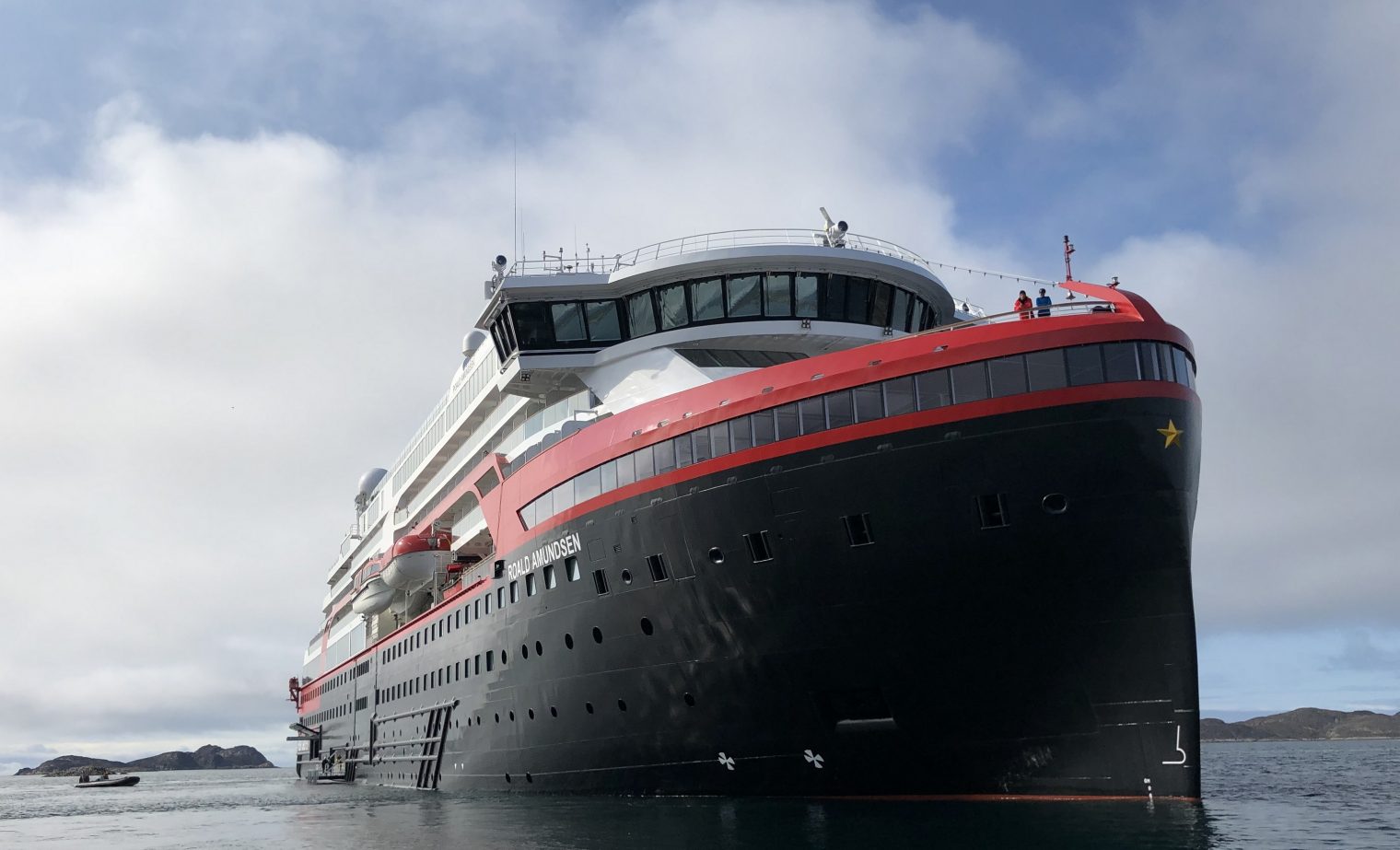This month marks the 10th anniversary of Deepwater Horizon setting a record by drilling a 35,000′-deep hole (a few months later, of course, we got to see the unfortunate flip side of the edge of engineering success).
I’ll use the occasion to relate some notes from reading The Gulf: The Making of An American Sea, a book that isn’t a single narrative story, but contains some interesting facts across a range of domains.
The Gulf is the origin of the Gulf Stream:
The Stream builds from a vigorous loop current in the Gulf, formed from the heat and energy of the Yucatán and Caribbean currents and the sun. … “Christopher Columbus found the way to the New World, but Ponce de León found the way back.”
Florida is named for a Spanish “feast of flowers”:
Present-day Floridians prefer to think of the Spaniard as coming upon a land that spoke to him with the colors, fragrance, and, indeed, flowers of subtropical exuberance. It’s a quaint notion that says less about a conquistador’s inclinations than about a contemporary people who use the orderly landscaping around their homes and in their parks to picture early Florida, and know little of the harsh wildness that the Spanish often engaged in North America. Ponce de León’s view of the shore would have taken in dune grass, vine-tangled forests, and long stretches of scrubland of virtually impassable saw palmettos. There would have been few flowers. As devout Roman Catholics, the Spanish often named a place for the religious day on which they discovered it. If the expedition had made landfall farther north, then Delaware or New Jersey, still waiting for spring flowers, might be known today as Florida.
Native Americans knew about the invaders, but apparently could not get organized to stop them, even though the Spanish were generally clueless (they did not find the mouth of the Mississippi River for many decades after one would have expected them to).
Thousands of natives lived on the Gulf coast at the time, with strong defenses and effective communication networks that reached great distances across land and water. Seafaring people, they did not live in primitive isolation, as the Spanish assumed. Their world reached beyond horizons. Indeed, they knew of the Spanish before the Spanish knew of them. They were aware of the enslaving and killing of Indians in the Bahamas, Hispaniola, and Cuba. Shipwrecks, too, so common in the age, gave away the presence of others. Flotsam had been washing onto Indian shores around the Gulf since the early days of European exploration, and the “gear of foreign dead men,” to quote T. S. Eliot, sometimes included dead men themselves, their faces oddly covered with hair and their bodies weighted with clothing. On occasion, a live one crawled onto the beach, revealing even more about the foreigners. The first time Ponce de León met the Calusa, whom he knew nothing about, a native greeted his expedition with Spanish words.
The natives, fed on oysters, were taller and healthier than the Spanish, who initially starved on the Gulf coast due to their inability to harvest the resources. (Watermelon was among the crops being grown by Indians.) Industrial fishing by Europeans peaked circa 1900 and the fish population has never recovered. Rich men and women (no other gender IDs are mentioned) came down from the Northeast on the new railroads and hunted for 200+ lb. tarpon in the Gulf. These fish were becoming “scarce and shy” by 1895.
Between 1880 and 1933, Louisiana surrendered 3.5 million alligators to the market; Florida, twice as many. The alligator and egret populations went into tailspins simultaneously. The difference was that hardly anyone cared about the welfare of alligators; their one salvation was the plume market. … The Great War between nations redirected resources away from civilian markets and fashion. Women’s outfits shed several yards of cloth, and hats grew smaller, in part to complement the latest bobbed hairstyle and accommodate new enclosed automobile designs. When women working the red-light districts, which were booming around military installations, took a fancy to feather-wear, women of proper society boxed up their plume hats for fear of mistaken identity. Vanity once again succeeded where moral persuasion had not.
The origins of modern beachfront high-rise development on the Gulf dates to the 1928 opening of the Don CeSar Hotel on “deep-set concrete pyramid footings” in St. Pete Beach, Florida. The wind-filled enemies of these buildings are named after the Mayan god Huracan. (Hurricane Ike did $50 billion of damage to Galveston and surrounding areas in 2008.) Despite the hurricanes, the population of Florida has grown from 3 million in 1950 to more than 20 million today. The author says that mosquito control, notably from DDT, was critical for this expansion.
How did the practice of flying into hurricanes originate?
Airborne weather chasers were invaluable for tracking hurricanes. The first storm cowboy in history lifted off from Bryan Field in Texas during World War II. His name was Joseph Duckworth, a flight instructor in the US Army Air Corps. The storm that earned him recognition as the original hurricane hunter was another Gulf native. It organized on a July day in 1943, one hundred miles south of the Mississippi coast. At the time, Duckworth was training British airmen in instrument flight using the AT-6 Texan single-engine trainer. Experienced combat pilots, the Brits hated the Texan, a decrepit airplane beneath their expertise. When the July hurricane prompted an order to evacuate the planes from Bryan Field, their disdain for the aircraft deepened. The AT-6 wasn’t worth saving at the risk of British lives, the trainees said. Coming to its defense, Duckworth set out to prove both the plane’s sturdiness and the merits of instrument navigation. He wagered a highball with the Brits that he could fly the AT-6 into the hurricane and live to tell about it. Without official permission, he and a navigator, Lieutenant Colonel Ralph O’Hair, belted in, took off, and bored into the black wall of the storm, where, O’Hair later said, they were “tossed about like a stick in a dog’s mouth.” They discovered the eye—calm and quiet, ten miles across—and saw the ground below. After circling inside, they plunged back through the wild darkness.
It was Lyndon Johnson who transferred responsibility for dealing with the Mississippi and the New Orleans levees from the state to the Federal government:
When Katrina hurled its way through New Orleans forty years from the day Betsy was identified as a hurricane, bureaucracy, scandals, and insufficient funds had left the Corps’s levee project a work still in progress.
Shipwreck was a constant hazard:
The Coast Survey’s Ferdinand Gerdes reported bitterly that within fifteen minutes of a ship’s running up on a reef, “five or six vessels under the denomination of wreckers” would converge on it like ants at a June picnic. In turn, making navigation safer jeopardized the wreckers’ lucrative vocation. Legend has it that these “honest-looking men” tore down the Survey’s beacons and markers, and lit phony lighthouse signals to abet disaster.
Thanks to the miracle of immigration (from other U.S. states as well as from foreign countries), Floridians today live in Puerto Ricans of the 1950s:
As buildings, modern-day condominiums became attractive in places where the population had outgrown the availability of land, … Puerto Rico, where condominiums had served the crowded island commonwealth since the 1950s, exported its building ideas to south Florida. When Congress allowed the Federal Housing Administration to insure mortgages on condominiums, construction took off. By the late 1960s, so-called supertowers were stacking humanity as high as fifty stories. To Florida developers, condominiums were an ingenious way to sell a single waterfront lot to fifty, a hundred, or more buyers. … At the millennium, Cape Coral was the fastest growing US city, with a population of 100,000 or more. Pricey Sanibel had an untaxing population density of 356 people per square mile, allowing the coexistence of human and wildlife habitation. Affordable Fort Myers had 2,065 people per square mile and Sarasota 3,540, allowing little more than the coexistence of humans and concrete.
I had hoped to get a definitive explanation of the red tide phenomenon that renders Gulf Coast beaches noxious for quite a few weeks per year. Red tide seems to be fueled by human discharges, but the precise mechanism does not seem to be understood.
A map in the 1954 Gulf study conducted by the US Public Health Service uses building-shaped icons to show the placement of wastewater treatment plants in the region. They’re all on bays and rivers. Black icons indicate plants dumping poorly treated waste, and from Corpus Christi to Naples, they are bunched up like flies on an outhouse.17 The study also mentions red tides, natural warm-water algal blooms that discolor the surface with a veneer of red, brown, or green. In that pivotal decade of the 1950s, scientists were noticing more of these noxious events in the Gulf. Red tides irritate people’s eyes and lungs and leave heaps of dead sea life on the beach. Manatees are especially hard-hit. Cabeza de Vaca may have seen outbreaks in Texas, and Diego Lopez de Collogudo, a Franciscan monk, chronicled what was likely a red tide striking Yucatán in 1648: a “foul odor” and “mountain of dead fish.” Experts regard an 1844 event on the Florida panhandle, near where Leonard Destin fished, as the first documented red tide, although no one knew what it was. “Poison water,” people called the events. A 1935 outbreak off South Padre Island that killed two-inch mullet, eight-foot tarpon, and everything in between left researchers flummoxed.18 Then, after a 1947 red tide devastated most of the sponge beds, from which Tarpon Springs never fully recovered, microscope-peering scientists determined that the malicious rafts of algae discharge a toxin that paralyzes the respiratory system of marine life. But they didn’t know how or why, or from where exactly the red tides originate. To control red tides, scientists tried dousing a few with copper sulfate. This only killed more fish. In the 1980s and ’90s, off the south Florida and south Texas coasts, red tides bloomed in higher numbers. As it happened, ranchers in Texas were raising more cattle than ever, and slaughterhouse capacity doubled. In Florida, the exploding residential population ignited a chain reaction in lawn fertilizer use, facilitated by ambrosial garden centers at big-box stores like Home Depot, Lowe’s, and Wal-Mart and monthly lawn treatment service provided by companies like TruGreen and Scotts. Some scientists were connecting the intensity of red tides to green grass, purgative cows, and gushing sewer pipes, vexing some of their colleagues, who claimed that evidence didn’t exist to confirm the connections. The press reported algal blooms as one of nature’s cruel mysteries, and sometimes falsely identified pollution-induced fish kills as red tide, incriminating nature instead of the actual offender.
The author characterizes humans as generally trashing the Gulf. The author says that a Proctor & Gamble (owners of Gillette!) diaper factory in Florida has done far more damage to the Gulf than Deepwater Horizon, but nobody seems to care. In addition to the obvious pollution, agricultural runoff from the Midwest creates massive dead zones within the gulf.
TIME’S 1988 “FILTHY SEAS” cover story noted what it called dead zones. There were a few in nearshore waters around the US, all modest in size compared with one, which was three hundred miles long and ten wide and “adrift in the Gulf of Mexico.” Over the next few years, this lifeless region, fronting the coast of Louisiana, reaching to eastern Texas in one direction and to Alabama in the other, would grow to the size of New Jersey. It lingered as more or less a giant underwater vacuum chamber sucked clean of dissolved oxygen.
All manner of sea life that didn’t get out when conditions turned stale met the same suffocating fate. The bottom was littered with the dead—a tragic wasteland of crab, mollusk, and sea worm remains. It was
Full post, including comments 








